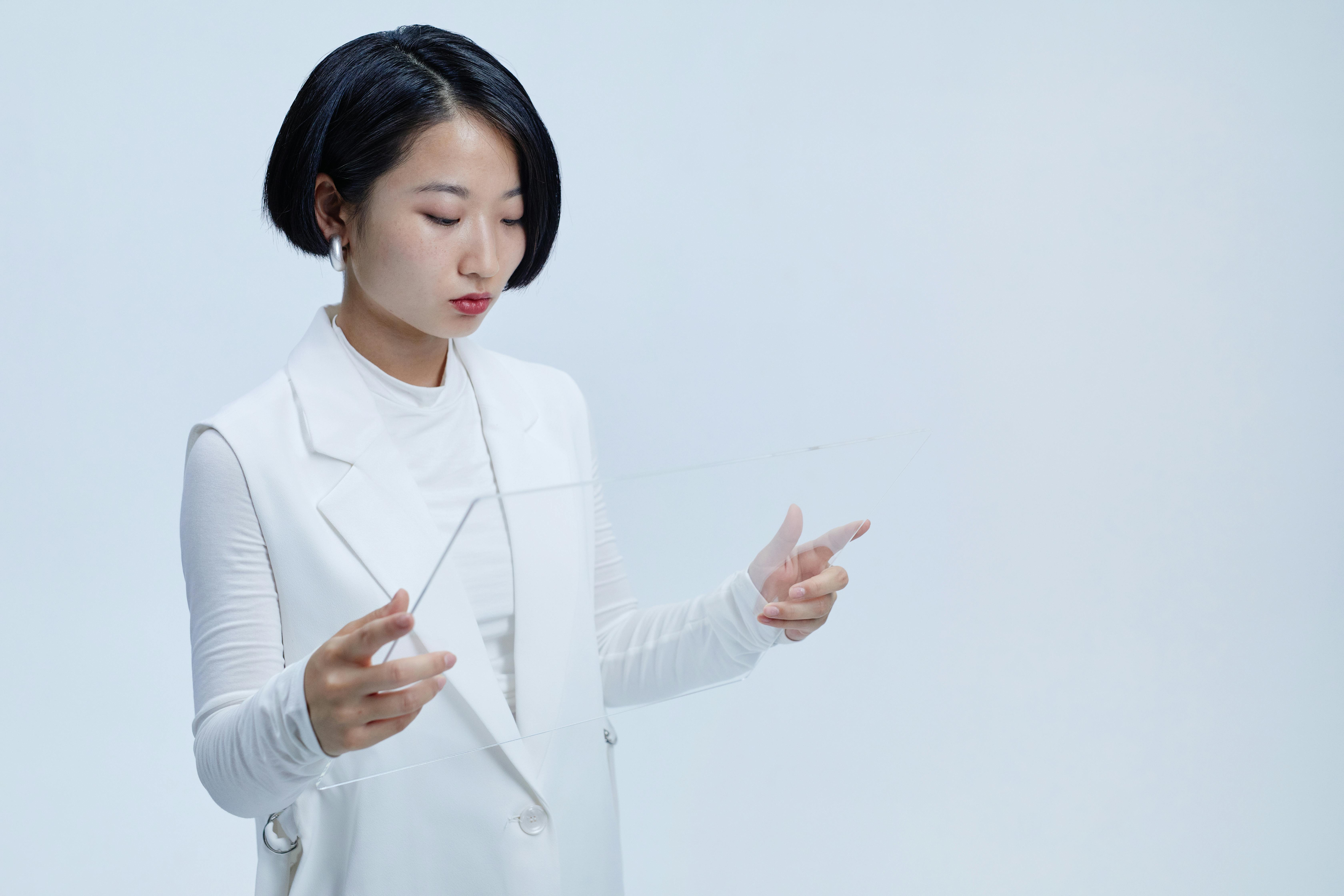
Introduction
In recent years, wearable technology has rapidly evolved, becoming more integrated into our daily lives. One of the most significant developments in this field is the emergence of augmented reality (AR) devices, particularly smart glasses. Project Aura, Google’s latest innovation in this space, promises to revolutionize the way we interact with technology. Unveiled at the Google I/O 2025 conference, these AI-powered smart glasses seek to blur the lines between the digital and physical worlds.
Transforming Wearable Tech with Style
Project Aura stands out with its sleek, sunglass-style design, a stark contrast to the bulky Google Glass that preceded it. Developed in collaboration with leading fashion brands like Warby Parker and Gentle Monster, Aura prioritizes usability and aesthetics. Unlike traditional tech gadgets, these glasses are designed to be fashionable and comfortable for everyday wear.
The integration of fashion and technology is becoming increasingly crucial as consumers demand not only functionality but also style in their gadgets. Project Aura embodies this trend, showing how tech companies can collaborate with fashion designers to create products that appeal to a broader audience.
Powerful Technology Driving Aura
Underneath its stylish exterior, Project Aura is powered by cutting-edge technology. The smart glasses utilize Qualcomm’s Snapdragon XR chipsets, which are specifically optimized for augmented reality applications. This technology enables low-latency interactions and real-time processing, essential for a seamless user experience.
Additionally, Aura runs on Android XR, a new operating system tailored for extended reality devices. Android XR promises a familiar development environment for Android creators while offering the robust capabilities necessary for immersive computing. As a potential flagship product for future XR devices from Google, Aura is expected to pave the way for the next generation of wearable tech.
AI Integration: A Game Changer
What truly differentiates Project Aura from existing products is its deep integration with Gemini AI, Google’s most advanced generative AI model. This sophisticated AI technology provides users with functionalities that make daily tasks easier and more efficient.
Some of the capabilities powered by Gemini AI include:
- Real-time translation: Users can communicate across languages effortlessly, with support for languages such as English, Hindi, and Farsi.
- Visual recognition and memory: The glasses can recognize people, places, and objects, helping users recall their previous experiences.
- AI-assisted navigation: With overlays from Google Maps, users can receive directions, highlighted landmarks, and augmented reality guidance seamlessly.
This revolutionary technology allows Aura users to interact with their environment in unprecedented ways, making daily activities smoother and more engaging.
Why Project Aura Matters
The smartphone market is approaching a saturation point, and traditional virtual reality (VR) headsets have yet to appeal widely to consumers. In this landscape, AI-powered smart glasses like Project Aura could catalyze a significant shift in how we approach computing.
For markets such as India, where multilingual support and energy-efficient AI processing are vital, Project Aura stands to make a substantial impact. By delivering cloud-assisted intelligence directly to the user’s field of vision without compromising speed or privacy, these smart glasses can cater effectively to local needs.
The Future of Augmented Reality Eyewear
Project Aura does not merely represent a product launch; it signifies Google’s long-term vision for ambient computing. This concept is centered around creating environments where the integration of digital information into our daily lives becomes seamless and intuitive.
As Android XR becomes available to developers and the full consumer release approaches in 2026, we are witnessing the launch of a new era in augmented reality eyewear. If successfully implemented, Project Aura could redefine the expectations for wearable technology, transforming how users interact with their devices daily.
Conclusion
As we stand on the cusp of this technological revolution, Project Aura showcases the potential of merging style, functionality, and intelligence in wearable devices. Google’s commitment to creating a mainstream, everyday wearable through Project Aura could set it apart from earlier attempts in the smart glass category. With its groundbreaking features and innovative design, the future may indeed see smart glasses become ubiquitous, ushering in a new age of interaction between humans and technology.